Green finance is set to be the most powerful financial repression tool yet
The government has launched its “green savings bond” that offers investors just 0.65%. But that pitiful return is in many ways the point of “green” finance. John Stepek explains why.


National Savings & Investment (NS&I) has just launched a “green” savings bond.
It’s terrible value. You’d be silly to put your money in it.
But it does rather reveal what the purpose of “green” finance really is.
MoneyWeek
Subscribe to MoneyWeek today and get your first six magazine issues absolutely FREE

Sign up to Money Morning
Don't miss the latest investment and personal finances news, market analysis, plus money-saving tips with our free twice-daily newsletter
Don't miss the latest investment and personal finances news, market analysis, plus money-saving tips with our free twice-daily newsletter
You will almost certainly lose money after inflation if you put your money here
You can’t expect NS&I to pay market-beating interest rates – it has an unfair advantage over every other savings institution in that it is fully backed by the Treasury. This probably didn’t mean a lot to most of us until the financial crisis, but at that point people started to understand that there are certain circumstances in which your bank could conceivably go bust, which gave NS&I an extra competitive advantage.
So you wouldn’t expect its new green savings bond to have offered a particularly exciting interest rate.
But even taking that into account, to invest in its new product, you’d have to be pretty committed to the idea of lending money to the government to spend on “green” stuff. Because at this rate, you are almost certain to lose money in real terms, even given NS&I’s tax and security advantages.
Inflation in the UK is currently running at anything from 3.1% to 5% depending on whether you prefer CPI (new money) or RPI (old money). Measuring inflation is a tricky business – everyone has a different rate and it’s very political too (you can read more about it here if you want to understand the differences more).
But, whichever way you look at it, 0.65% doesn’t even touch the sides in terms of compensating you for inflation. We’d have to have a pretty drastic bout of deflation within the next three years for 0.65% to be anything approaching reasonable – and, frankly, I can’t see that happening.
More importantly, you can already get higher-paying equivalent rates elsewhere. As various comparison services and savings experts point out, you can get three-year fixed-rate savings bonds that pay almost three times as much. I still wouldn’t want to lock up my money for three years at 1.8% (you’ll note that’s still well below inflation) but given the choice between 0.65% and 1.8%, it’s clear which is better.
Moreover, you can get 0.65% on some easy-access accounts too. So you don’t need to lock up your money for three years at all to get a massively-below-inflation savings rate. And as Rachel Springer of Moneyfacts.co.uk points out, those who want to save with some sort of moral element involved, “could also seek out mutuals which support local causes”.
In short, you can get similar products paying better rates elsewhere. It’s all very disappointing, reckon the personal finance writers.
Green finance is the future – and the future is financial repression
They’re right of course. This is a pitiful rate. I think you’d be daft to put money in it.
However, what people are perhaps missing to an extent, is that this is the point of green finance. In fact, it’s rather the point of “green” anything.
With a non-green investment product, what you care about is the money you can make. With a “green” investment product, in theory, you care about two things: the money you can make, and the good that you can do.
In other words, you’re getting two benefits, not one. And the way markets work, you have to think of the second benefit – the “do-gooding” – as being a “benefit-in-kind”. There’s even a name for it – the “green-ium” (as opposed to “premium”).
Now, there’s no such thing as a free lunch, so if you want to get a “green-ium”, you’re going to have to give away some of your financial return. Plenty of people are happy to do so, but it’s worth going into this with your eyes open.
That’s the first thing to understand. The second thing to understand is that this “green-ium” is going to be exploited very heavily by governments in the years and even decades to come.
To put it simply, governments are up to their eyeballs in debt. The situation was already pretty unpromising before the financial crisis and the pandemic made it a lot worse.
The best way to deal with this debt is to inflate it away. You can only inflate it away if people are willing to lend you money at interest rates which are lower than inflation.
How do you do that? You have to hold rates down somehow. This is known as “financial repression”. It’s hard to do because people don’t tend to volunteer to lend to you if they know they’re going to make a loss.
We’ve seen one way to do it: get a friendly central bank to lend money to you without asking any questions. That’s what we’ve been doing since roughly 2008. However, that’s going to be harder as inflation rises, given that central banks are meant to tackle inflation.
So what’s the solution? As MoneyWeek’s favourite financial historian, Russell Napier, has pointed out on several occasions, you force institutions to own government debt. And the nice thing about slapping the “green” label on them, is that you can now attribute a moral cause to the mandate (and let’s be honest here, you can slap a “green” label on pretty much all government debt and justify it in some way).
Your pension fund will be making a valuable contribution to preserving the environment for future generations. There’s almost something poetic about it, which I’m sure will be a comfort as you watch it lose money in real terms.
Anyway, what will be most interesting here is how successful this NS&I bond is. The thing about individual savers like you and I is that we don’t have green mandates to contend with. We don’t have to worry about regulators checking how green our lending book is (as is about to happen with mortgage loans, for example) and we don’t especially have to worry about our personal brand (well, most of us don’t).
So I’ll be very interested to see exactly how much value investors place on the “greenium”. And I’m sure the Treasury will be too.
By the way, this is a topic that will almost certainly come up in our discussions at the MoneyWeek Wealth Summit. Get your ticket here!
Get the latest financial news, insights and expert analysis from our award-winning MoneyWeek team, to help you understand what really matters when it comes to your finances.
John Stepek is a senior reporter at Bloomberg News and a former editor of MoneyWeek magazine. He graduated from Strathclyde University with a degree in psychology in 1996 and has always been fascinated by the gap between the way the market works in theory and the way it works in practice, and by how our deep-rooted instincts work against our best interests as investors.
He started out in journalism by writing articles about the specific business challenges facing family firms. In 2003, he took a job on the finance desk of Teletext, where he spent two years covering the markets and breaking financial news.
His work has been published in Families in Business, Shares magazine, Spear's Magazine, The Sunday Times, and The Spectator among others. He has also appeared as an expert commentator on BBC Radio 4's Today programme, BBC Radio Scotland, Newsnight, Daily Politics and Bloomberg. His first book, on contrarian investing, The Sceptical Investor, was released in March 2019. You can follow John on Twitter at @john_stepek.
-
 Rightmove: Asking prices set to rise 2% in 2026 after post-Budget market rebound
Rightmove: Asking prices set to rise 2% in 2026 after post-Budget market reboundBuyers and sellers who held off in anticipation of the Budget will come back to the market and contribute to asking prices increasing next year, according to Rightmove
-
 Coreweave is on borrowed time
Coreweave is on borrowed timeAI infrastructure firm Coreweave is heading for trouble and is absurdly pricey, says Matthew Partridge
-
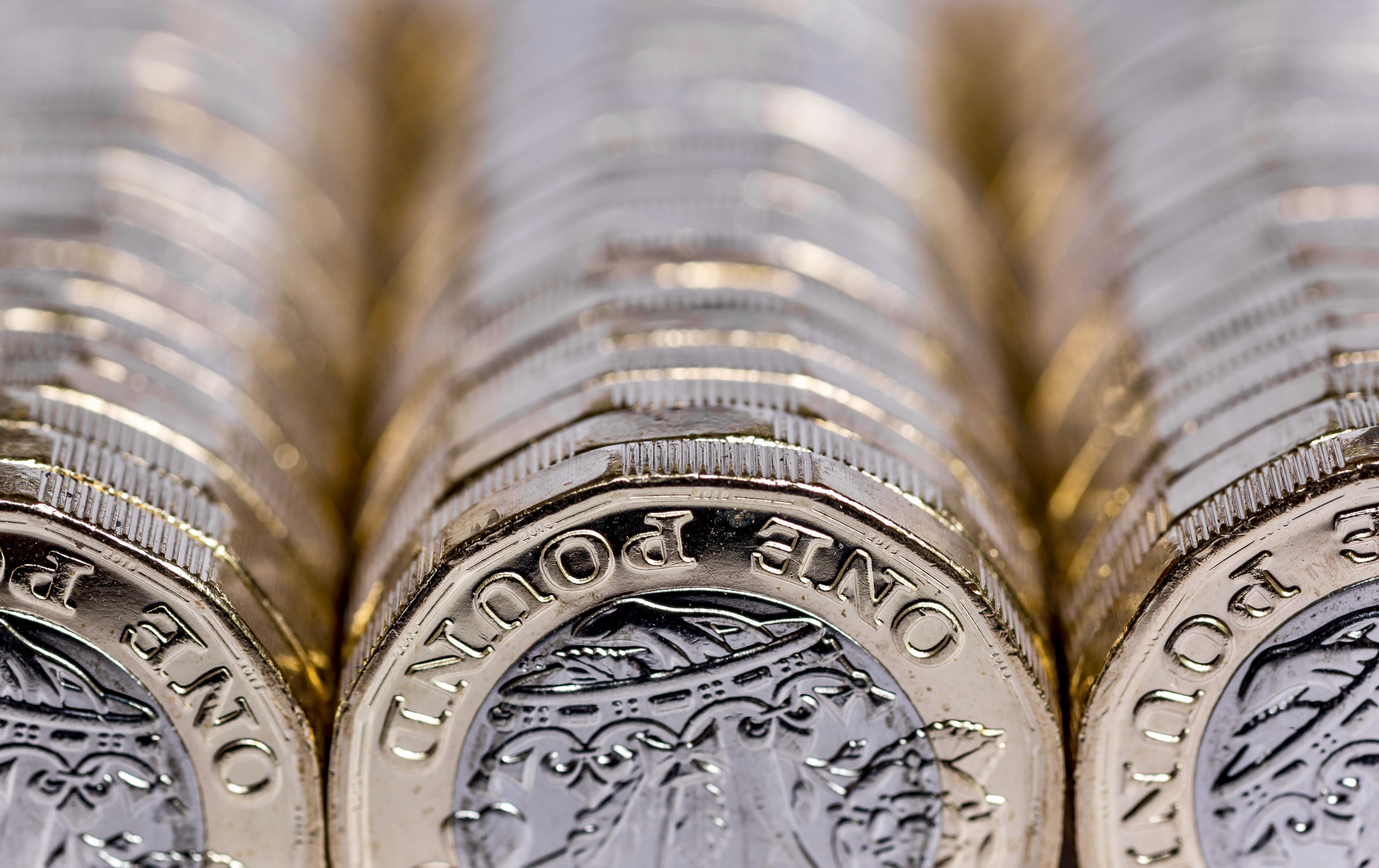 How do NS&I savings account rates compare? Advantages of using government-backed bank
How do NS&I savings account rates compare? Advantages of using government-backed bankAdvice NS&I savings accounts offer security and tax-efficient options for your money. But how do its interest rates compare to the rest of the market?
-
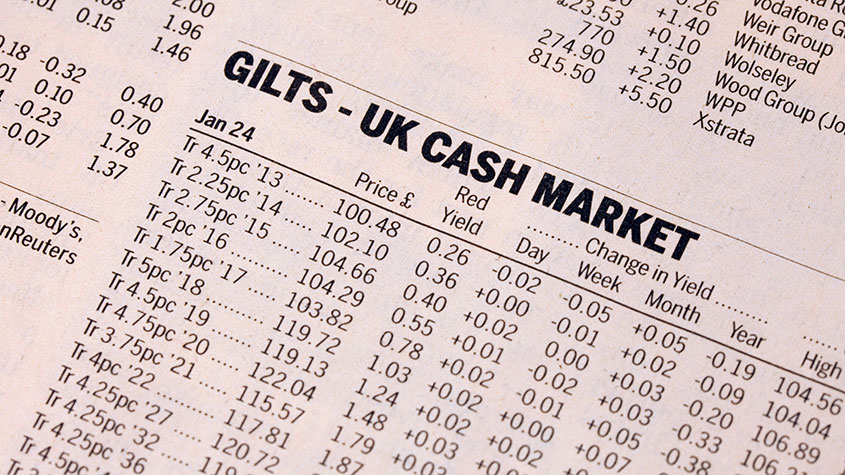 Is it time to buy Gilts?
Is it time to buy Gilts?Advice Gilts offer a higher yield than most savings accounts and could be an attractive alternative for those with a large lump sum to invest.
-
 Liability-driven investment: another financial fix has backfired
Liability-driven investment: another financial fix has backfiredAnalysis Liability-driven investment (LDI) has become the latest widely touted investment product to go horribly wrong, says Max King.
-
 Why the Bank of England intervened in the bond market
Why the Bank of England intervened in the bond marketAnalysis A sudden crisis for pension funds exposed to rapidly rising bond yields meant the Bank of England had to act. Cris Sholto Heaton looks at the lessons for all investors.
-
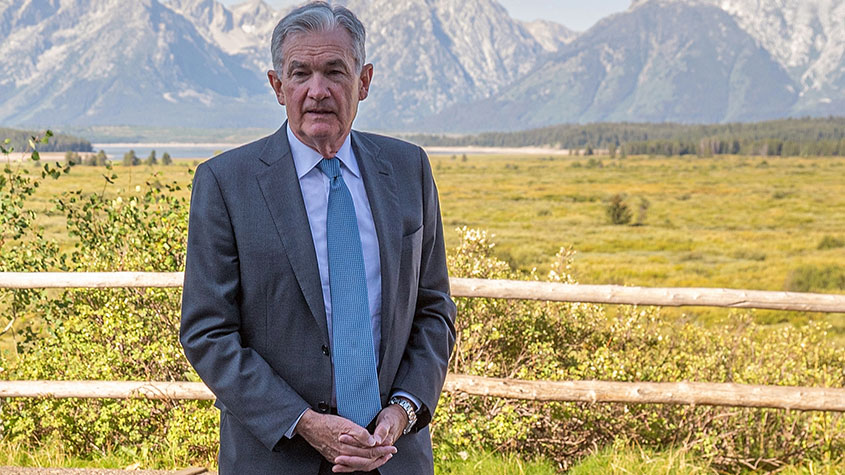 What the return of the bond vigilantes means for investors
What the return of the bond vigilantes means for investorsAnalysis The US Federal Reserve is dancing to the tune of the bond vigilantes, says Max King. Here’s what that means for stockmarket investors, the economy, and you.
-
 A retail bond for income investors with a 6.5% yield
A retail bond for income investors with a 6.5% yieldTips This new issue from LendInvest could be attractive to income seekers willing to take some risk.
-
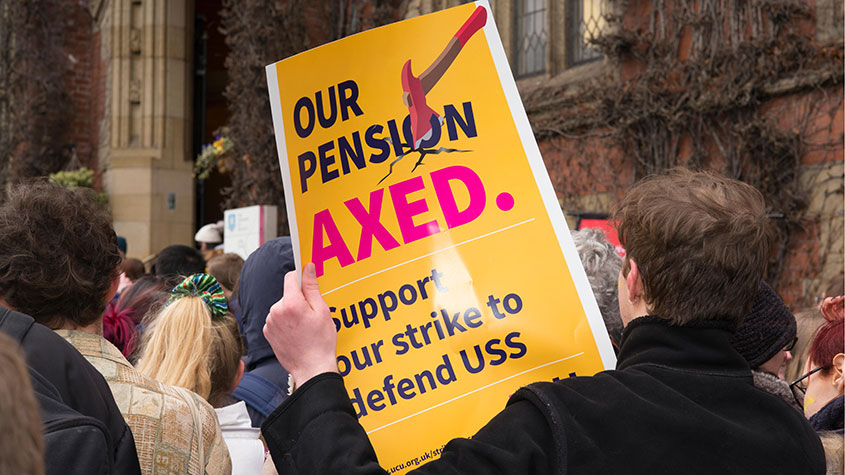 The bear market in bonds isn’t all bad news
The bear market in bonds isn’t all bad newsAnalysis The rise in bond yields and the fall in bond prices can be a good thing or bad thing. Bad for bondholders, but good for many risk-averse pensioners and pension savers. Max King explains why.
-
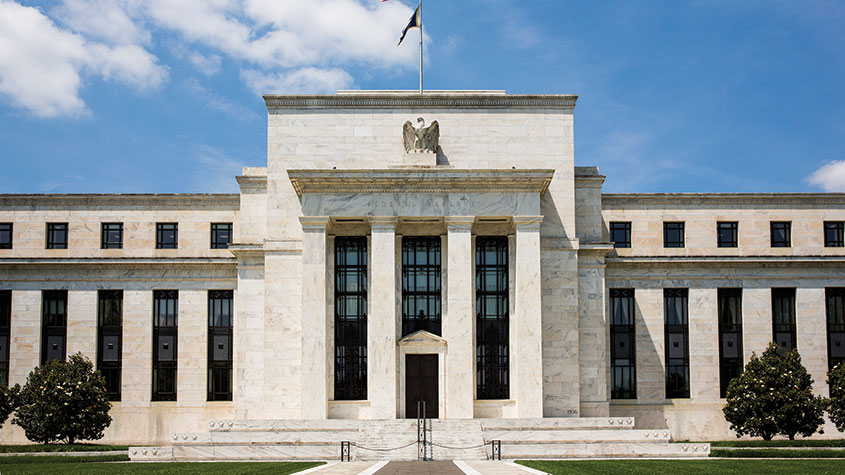 The junk-bond bubble bursts
The junk-bond bubble burstsNews Yields in the US high-yield bond market (AKA junk bonds) have soared to more than 8% since the start of the year as prices collapse.
